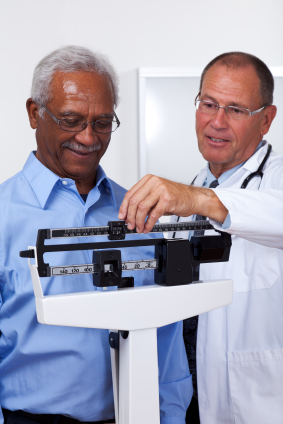Naltrexone Augmented with Prazosin Is Highly Effective for Alcohol Use Disorder
Murray Raskind, of the VA Northwest Mental Illness Research, Education, and Clinical Center, conducted a translational proof-of-concept randomized controlled trial (RCT) of the mu-opioid receptor antagonist, naltrexone, augmented with the alpha-1 adrenergic receptor antagonist, prazosin, for alcohol use disorder in veterans.
“Prazosin was titrated over 2 weeks to a target dose of 4 mg QAM, 4 mg QPM, and 8 mg QHS. Naltrexone was administered at 50 mg QD…. In the NAL-PRAZ condition, % reductions from baseline for all three primary outcome measures exceeded 50% and were at least twice as large as % reductions in the NAL-PLAC condition.
They concluded: “These results suggest that prazosin augmentation of naltrexone enhances naltrexone benefit for AUD. They are consistent with preclinical studies in rodent models of AUD and strengthen rationale for an adequately powered definitive RCT. “
Bupropion Plus Naltrexone Reduces Brain Response to Food Cues
The combination of antidepressant bupropion (Wellbutrin) and naltrexone (Revia), a drug that helps alcoholics resist the craving for alcohol, can help patients keep their weight down. Last year we summarized an article by Smith et al. in the journal Diabetes, Obesity, and Metabolism that showed that obese patients with diabetes treated with the combination of bupropion and naltrexone had excellent weight loss and reduction in body fat compared to those treated with either drug alone or with placebo.
A more recent study by G. J. Wang et al. published in the International Journal of Obesity in 2013 shows that the combination of 360mg of bupropion sustained release and 32mg of naltrexone sustained release works by reducing patients’ response to food cues. Forty women were shown a video of their favorite food being prepared, which stimulated parts of the brain associated with visual stimuli and other functions. Those who received the combination of naltrexone and bupropion had lessened hypothalamic response to the videos compared to those who received placebo, and also showed activity in parts of the brain associated with inhibitory control (the anterior cingulate), internal awareness (the superior frontal cortex, the insula, and the superior parietal cortex), and memory (the hippocampus).
Editor’s Note: It looks like the drug combination prompts the brain to say, “Wow, that looks good, but maybe I shouldn’t take in any more calories today.”
Good Weight Loss With Bupropion Plus Naltrexone
 A 2013 article by Smith et al. in the journal Diabetes, Obesity, and Metabolism reports that obese patients treated with the combination of bupropion (Wellbutrin) and naltrexone (Revia) had excellent weight loss and reduction in body fat compared to those treated with either drug alone or with placebo. The combination resulted in about a 14% reduction in body fat, while placebo, bupropion alone, and naltrexone alone each brought about only a 3-4% reduction.
A 2013 article by Smith et al. in the journal Diabetes, Obesity, and Metabolism reports that obese patients treated with the combination of bupropion (Wellbutrin) and naltrexone (Revia) had excellent weight loss and reduction in body fat compared to those treated with either drug alone or with placebo. The combination resulted in about a 14% reduction in body fat, while placebo, bupropion alone, and naltrexone alone each brought about only a 3-4% reduction.
Editor’s Note: Researcher Roger McIntyre is an expert on the metabolic syndrome in patients with bipolar illness and has been using this combination with success in patients with mood disorders. He finds the combination of bupropion and naltrexone more helpful than the anticonvulsants topiramate (Topomax) or zonisamide (Zonegran) or the anti-diabetes drug metformin.
Since obesity and the metabolic syndrome occur in approximately 40 to 50% of bipolar patients and significantly increases cardiovascular risks such as heart attack and stroke, and since bupropion is widely used in the treatment of bipolar depression, this combination appears worthy of consideration for those with obesity. Its use should be accompanied by a good diet and an exercise regimen. Decreasing cardiovascular risk is a very important component of the treatment of bipolar disorder, and the combination of bupropion and naltrexone could have substantial benefits.


